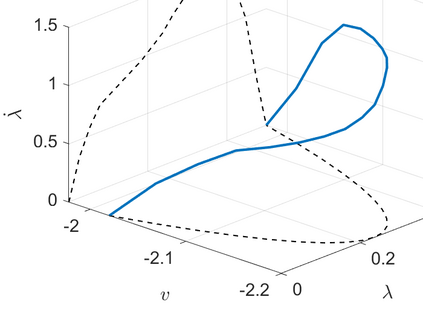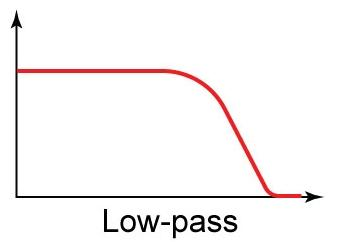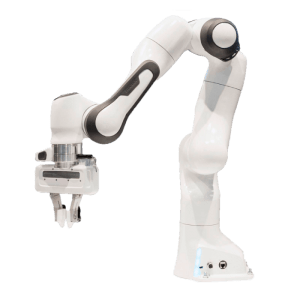Off-line optimal planning of trajectories for redundant robots along prescribed task space paths is usually broken down into two consecutive processes: first, the task space path is inverted to obtain a joint-space path, then, the latter is parametrized with a time law. If the two processes are separated, they cannot optimize the same objective function, ultimately providing sub-optimal results. In this paper, a unified approach is presented where dynamic programming is the underlying optimization technique. Its flexibility allows accommodating arbitrary constraints and objective functions, thus providing a generic framework for optimal planning of real systems. To demonstrate its applicability to a real world scenario, the framework is instantiated for time-optimality. Compared to numerical solvers, the proposed methodology provides visibility of the underlying resolution process, allowing for further analyses beyond the computation of the optimal trajectory. The effectiveness of the framework is demonstrated on a real 7-degrees-of-freedom serial chain. The issues associated with the execution of optimal trajectories on a real controller are also discussed and addressed. The experiments show that the proposed framework is able to effectively exploit kinematic redundancy to optimize the performance index defined at planning level and generate feasible trajectories that can be executed on real hardware with satisfactory results.
翻译:在指定任务空间路径上,对多余机器人的离线最佳轨迹规划通常分为两个连续过程:首先,任务空间路径被倒转,以获得联合空间路径,然后,后者被时间法截然化。如果两个过程分离,它们就无法优化同一客观功能,最终提供亚最佳结果。在本文中,当动态编程是优化技术的基础时,提出了统一的方法;其灵活性允许容纳任意限制和客观功能,从而为最佳规划真实系统提供一个通用框架。为了显示其对真实世界情景的适用性,该空间路径是即时的。与数字解析器相比,拟议方法提供了基础解析过程的可见度,允许在计算最佳轨迹之后进行进一步分析。框架的有效性在真实的7度自由序列链上得到证明。与在实际控制器上执行最佳轨迹有关的问题也得到了讨论和解决。实验表明,拟议的框架能够有效地利用动态冗余性,以便优化在最佳水平上设定的硬件的运行结果。










